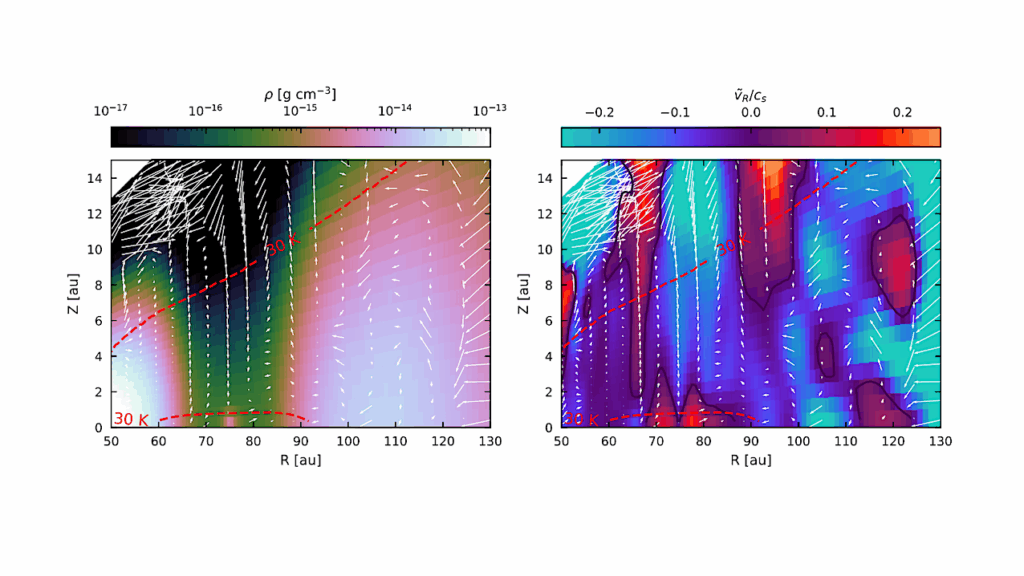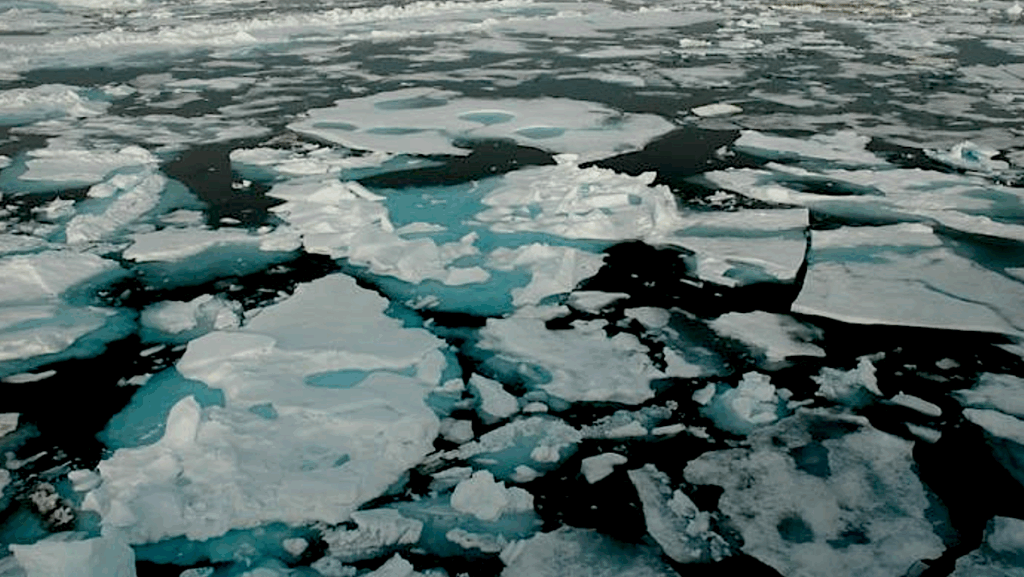JWST Reveals Carbon-rich Chemistry in a Transitional Disk

We present JWST-MIRI Medium Resolution Spectrometer (MRS) observations of the Classical T Tauri stars GM Aur and RX J1615.3-3255 (J1615), both hosting transitional disks.
Despite their similar stellar and disk properties, the two systems differ strikingly in their carbon-bearing molecular emission. Using local thermodynamic equilibrium (LTE) slab models to analyze spectral lines within the 13.6-17.7 micron wavelength range, we find that J1615 exhibits strong emission from H2O, HCN, C2H2, 12CO2, 13CO2, OH, and 13C12CH2, whereas GM Aur shows only H2O and OH.
We measure the accretion rates of both objects using contemporaneous optical spectra and find that J1615’s accretion rate is lower than that of GM Aur. We constrain the properties of the dust in both disks using SED modeling and find elevated amounts of crystalline silicates and larger dust grains in the disk of J1615.
The enhanced carbon emission in J1615 may result from a combination of lower accretion rate and larger and more processed dust grains in the inner disk, conditions that together may allow carbon-rich gas to persist and be detected.
These results expand the sample of protoplanetary disks around solar-mass stars with strong CO2 and C2H2 emission and identify J1615 as a carbon-rich transitional disk, providing new insights into the chemical diversity of planet-forming environments.
M. Volz, C. C. Espaillat, C. V. Pittman, S. L. Grant, T. Thanathibodee, M. McClure, B. Tabone, N. Calvet, F. M. Walter
Comments: Accepted to AJ on November 11, 2025. 26 pages, 13 figures, 8 tables
Subjects: Solar and Stellar Astrophysics (astro-ph.SR)
Cite as: arXiv:2511.08816 [astro-ph.SR] (or arXiv:2511.08816v1 [astro-ph.SR] for this version)
https://doi.org/10.48550/arXiv.2511.08816
Focus to learn more
Submission history
From: Máire Volz
[v1] Tue, 11 Nov 2025 22:33:14 UTC (5,582 KB)
https://arxiv.org/abs/2511.08816
Astrobiology, astrochemistry,








